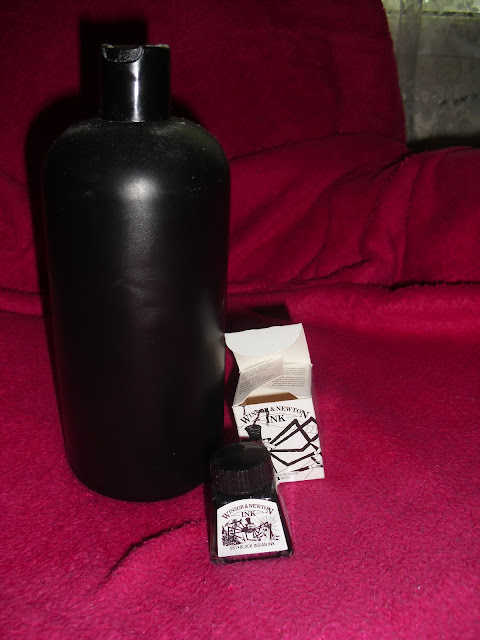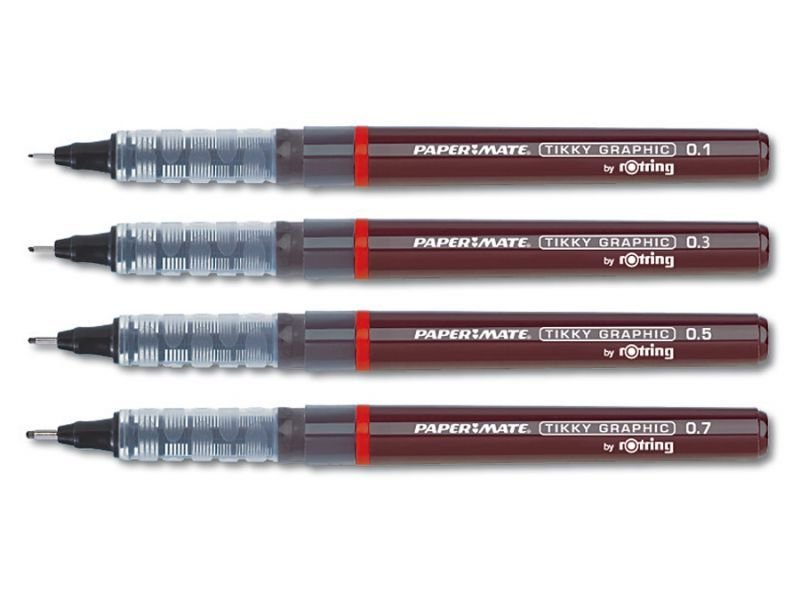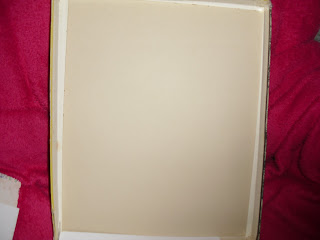Many years ago I purchased a Canon FC220 Desk Top
photocopier. Total cost was £110. At the
time printers for computers were very expensive and, when I started, only
commercially available to companies because of the cost. So a nice, compact copier seemed ideal.
Above: The FC220
I used the copier to put together a few of the zines I put
together (around 2000 to 2004) as well as advisory leaflets and Exotic Animals
Register (f. 1977) and Vale Wildlife Group newsletters.
At the time you could pick up a toner cartridge for £50,
though I found two office supply stores who sold them for £35. Now, next time it was £65...then £75. As each
store explained to me (and I tried others) "The copier is nothing. It does
not make money. The money is made
through the consumables because without those you cannot use the machine."
About 5 years ago I went into the local Staples as I had
repaired a roller problem with the FC220 and wanted to use it again. E30 Toner
Cartridge -£130. I blinked. Over came the sales assistant and asked
whether he could help me? I pointed at
the cartridge box and told him someone had put the wrong price under it. I was told it was the right price. "How does that help someone with the
copier if to replace the toner cartridge will cost more than the copier?"
I asked. He just smirked and actually walked off!
Here is the thing you have to remember when you think of
purchasing something like this: the cost of the "consumables". There are a lot of bigger photocopiers out
there that are cheap. You think "I
can get that and just start printing my own books!" I have known a few people who have done this
and then discovered they are left with a useless copier. Why?
Because they never looked at the price of "drums and
cartridges" and if you are going to
spend £90+ (depending on copier model) every time you need a new toner
cartridge -and they do not last long- you might as well take your zine to a
printer and get 80(?) copies for that price.
It is a con. The
prices should get lower because of stores vying for business as well as the
cost of production of the cartridges (mainly now produced in China or the Far East). Even "refills" -where a company
refills an old cartridge with toner is near extortionate. Because this is how
companies make their money -including Canon.
Looking at an E30 toner cartridge today and I see Amazon
have them starting from £75 while Staples want £117. There are a lot of people selling off FC220
copiers so do not just jump in and buy! There is a reason why they are selling
them.
The same thing applies to good quality PC printers. You can
pick up printers so cheap it is unbelievable...until you find out what the
Colour and Black ink cartridges will cost.
Ink jets are a con. As I pointed
out in posts before: you need three colour cartridges and a black cartridge -as
soon as one is lower than the rest the printers are designed to stop working
-you have to buy a cartridge to replace the low one and it goes on and on.
This is what I publisher on Comic Bits Online on 7th
September, 2014 and it seems I was not alone in having these problems!
Review (well an Angry diatribe) Epson Stylus SX130 -Why
NEVER To Buy One!
Right, firstly, when I got this machine it seemed to be a gods
send. A scanner and copier all in one -fast.
Yes, I had been warned that "it is a bitch when it comes to
ink!" In fact, I never realised how
bad it was. This is the machine -Sleek. Smooth. Look at those curves....ohhh,
yeah. They always say that evil hides
behind beauty.
As I've written, this is a quick scanner and the copier is a
bit slower but since my old desktop Canon FC220 is now beyond repair (and,
unbelievably, twenty years on the toner cartridges have increased so much in
price (I could buy one for £35-50 back in 2000 and now Staples and Office World
want £100-150!!! THAT is far more than the machine cost) its a good deal.
One thing I noticed is that the copier will NOT copy in
colour. Now if I put a colour image on
the plate to scan I get a colour image to save.
If I put a colour image on the plate to photocopy I get...black and
white and to be honest not that good a quality.
Something Mr Stransky can probably verify!
But so what -its okay for copying a letter. If I want a good copy of an image I HAVE to
scan, save and print it from there.
Look at the SX130....begging to be used....
But here is the BIG problem.
No, not "big" as that under-states it. The major problem comes with the ink
cartridges. Take a look at the bottom
right of that photo above.
And here is your close-up.
You see that absolutely moronically designed piece of
plastic over the cartridges? Yes, that
is molded in place. It cannot be move. You'll note they show the cayan
cartridge removed and this is so you think its easy. It is not.
Run out of ink and an orange light flashes above that tear
shaped symbol. Your ink is running low.
That makes me laugh. The
tear-drop is there to indicate the huge amount of grief you are in for.
The slider is supposed to move the cartridge that needs
replacing to the point you see above -where the cyan cartridge has been
removed. You pop it out and replace it then press that button above the tear
drop and the yellow cartridge moves along to be replaced. My ass.
The machine runs through the whole 20-30 second roll action
after each cartridge is replaced...IF you can replace them. The cartridges tend
not to move into place. After minutes of trying to get the bloody cartridges to
move into place you think "if I take out the first one then I can get to
the second one to replace it!" No. Just no.
Now, I've used HP and canon printers in the past and when
cartridges need replacing you lift up the panel and the cartridges tend to move
into place for removal. NEVER ever had a problem with that in...over twenty
years of using printers. Not this
one. No. That piece of shit plastic
shaping means that you cannot -cannot- get to the cartridges.
You DO have options. One is to try to slide the cartridges
along but this takes quite a bit of effort and I would NOT recommend that. The best option, sadly I do not have the
tools for this, is to cut out that piece of shit plastic. Am I angry? Yes. There is absolutely no reason for that
plastic to be there other than to cause the user major problems. The designer is a complete ass-head.
But there is more. If
you manage the approximately ten minutes or more it can take to replace the
cartridges (my record is 45 minutes) the machine itself...well, it tries to
screw you up. Runs through the
motions....yes, cartridges replaced.
Good. Now to print!
"Cartridge not recognised"....whaat? Run it all through again to print
"Cartridge not recognised" and then you are told to use Epsom only
cartridges. Yes, I have put in an Epson
cartridge. So, you remove the cartridge
again...replace it. Run through
okay...."Cartridge not recognised"....I have, before now, spent over
an hour trying to sort this problem out.
Suddenly...the cartridge is okay.
Phew. Three copies into your printing "Cartridges not
recognised"....yes, now all three -Cayan, magenta and yellow are not
recognised and you "need Epson cartridges"....but they ARE Epson
cartridges!!!!
Some times you only need to remove one cartridge, some times
all three and then two will be recognised but not the third. More hassle then....success! Continue
print.....black cartridge not recognised. Here we go again.
And here is a thing. This week I have printed off some black
and white illoes. Not a large number -I
have, in three days, used 18 cartridges.
I have them here in front of me and if I shake them they have a good
deal of ink in them...but the printer says no.
It is why I now use Epson Compatible cartridges -same end results, cheaper
but still all the replacement problems....I just save money.
So, I asked the fella who works in PC World about the Epson
SX130 and...he laughed. Apparently I had
NOT purchased a damaged machine as I'd thought.
"I've not met anyone with the SX130 that hasn't had a problem"
he told me. That plastic crap over the
cartridges? "If it was me I'd cut
the ***** out. There isn't any reason for it to be there." A customer standing three feet away joined
in. "The SX130? They are utter
crap. My boss had one for each office because he thought scanner, copier and
printer all in one -brill! So in total five offices each had one. In six months they were thrown into the waste
skip!"
WHY do you never meet these people BEFORE you buy? And the PC World man? "People want one we sell it." Good customer service there!
So, yes, I am going to look for a new scanner/copier/printer
and it will not be an Epson. Oh, did I mention your print outs can be ejected
by the printer half done because the ink has run out even though it says you
have enough?
Epson UK,
incidentally -in two phone calls- tried
every single excuse including that I probably buggered the machine up in some
way.
There, Epson, a blog that has had over 2 million views has
called out your awful printer. Hey, send
me a free
machine that does all the SX130 is supposed to do and we'll
see how that goes.
*********************
Of course, Epson never sent the free printer! I currently
have a Canon Pixma MG25505 and it prints good...but each cartridge costs £21
each. Now work that out. Even if you had someone supplying you with
free copier paper or you buy a ream @£2.50 you need to be able to print and
sell enough copies to cover your £42 ink cartridge costs. So let's say total
cost with paper is £45.
You print 50 zines.
Say you sell each copy @£3.00 you will make £150 so your cartridge costs
are covered and you get a big profit.
Suppose you sell only 30 at £3.00....£90. Not bad.
20 copies? That would
be £60 and that would have to be your bare minimum number of sales to make back
your cartridge costs and have a meagre "fun publishing" profit.
When you consider these things (I am not touching on
electric costs nor postage costs if you sell mail order) It is far easier if
you can find a cheap printer somewhere and get them to print off the copies you
need. Even Print On Demand is cheaper.
So although getting your own photocopier or state of the art
printer seems like a good idea always -always- check what the consumables are
going to cost you.




.jpg)














































